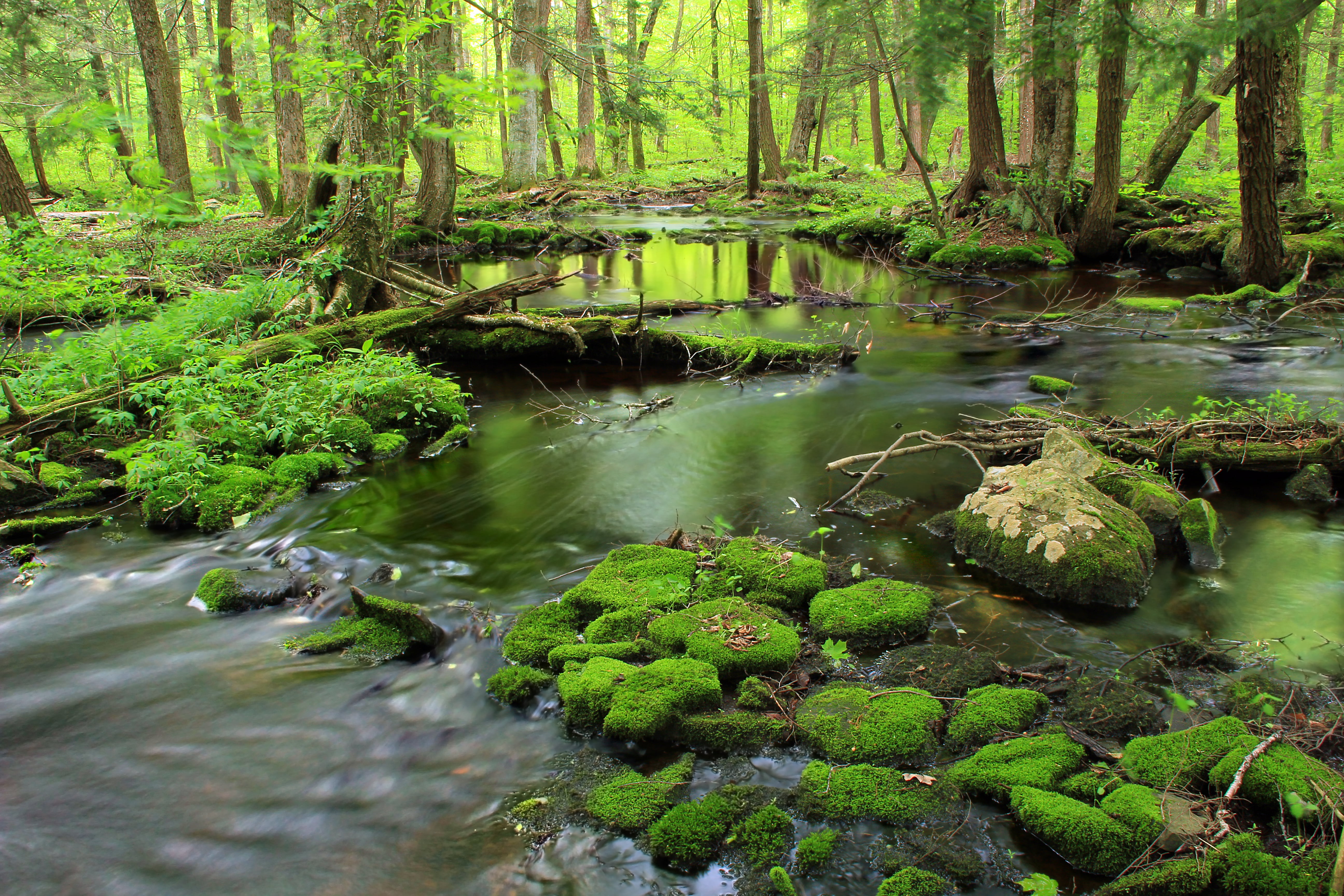
Large roaming animals (such as forest elephants, great apes, bears, wolves, tigers, jaguars, eagles, deer, etc.) especially require that intact forest landscapes be preserved. Forest biodiversity largely depends on intact forest landscapes. They are also better able to absorb and recover from disturbance (resistance and resilience).įragmentation and loss of natural habitats are the main factors threatening plant and animal species with extinction. Forests that still combine large size with insignificant human influence are becoming increasingly important as their global extent continues to shrink.Įcosystems are generally better able to support their natural biological diversity and ecological processes the lower their exposure to humans and the greater their area. Most of the world’s original forests have either been lost to conversion or altered by logging and forest management. This definition builds on and refines the concept of a frontier forest as has been used by the World Resources Institute. Sources of background influence include local shifting cultivation activities, diffuse grazing by domesticated animals, low-intensity selective logging and hunting. Industrial activities during the last 30–70 years, such as logging, mining, oil and gas exploration and extraction, peat extractionĪreas with evidence of low intensity and old disturbances are treated as subject to “background” influence and are eligible for inclusion in an IFL.Infrastructure used for transportation between settlements or for industrial development of natural resources, including roads (except unpaved trails), railways, navigable waterways (including seashore), pipelines, and power transmission lines (including in all cases a buffer zone of one kilometer on either side).Settlements (including a buffer zone of one kilometer).Technically, an IFL is defined as an area which contains forest and non-forest ecosystems minimally influenced by human economic activity, with an area of at least 500 km 2 (50,000 ha) and a minimal width of 10 km (measured as the diameter of a circle that is entirely inscribed within the boundaries of the territory).Īreas with evidence of certain types of human influence are considered "disturbed" and not eligible for inclusion in an IFL: The concept of an intact forest landscape and its technical definition were developed to help create, implement, and monitor policies concerning the human impact on forest landscapes at the regional or country levels. IFL has been used in regional and global forest monitoring projects such as, and in scientific forest ecology research. The term "intact forest landscape" was developed by a group of environmental non-governmental organizations including Greenpeace, the World Resources Institute, Biodiversity Conservation Center, International Socio-Ecological Union, and Transparent World. It is estimated that the planet has lost seven percent of its IFLs since 2000. Nineteen percent of the global IFL area is under some form of protection, but only 10 percent is strictly protected, i.e., belongs to IUCN protected areas categories I–III. Three of these countries, Canada, Russia, and Brazil, contain 64 percent of the total IFL area in the world. IFLs remain in 66 of the 149 countries that could potentially have them.

Two biomes hold almost all of these IFLs: dense tropical and subtropical forests (45 percent) and boreal forests (44 percent), while the proportion of IFLs in temperate broadleaf and mixed forests is very small. IFLs are estimated to cover 23 percent of forest ecosystems (13.1 million km 2). An IFL is a natural environment with no signs of significant human activity or habitat fragmentation, and of sufficient size to contain, support, and maintain the complex of indigenous biodiversity of viable populations of a wide range of genera and species, and their ecological effects. Unbroken natural landscape of a forest ecosystemĪn intact forest landscape ( IFL) is an unbroken natural landscape of a forest ecosystem and its habitat– plant community components, in an extant forest zone.


 0 kommentar(er)
0 kommentar(er)
